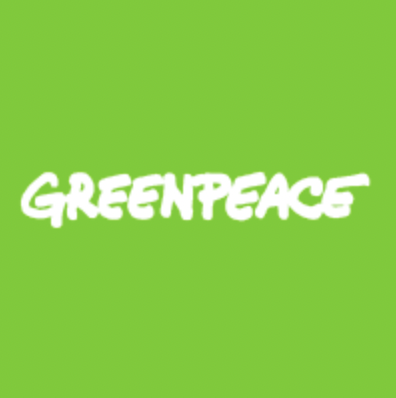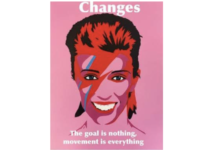Greenpeace Aotearoa says that even with amendments released today, the Government’s farmgate emissions pricing system known as He Waka Eke Noa will fail to cut climate emissions from agriculture, New Zealand’s biggest polluter.
Greenpeace lead climate campaigner Christine Rose says “Agriculture causes a whopping 50% of this country’s greenhouse gas emissions. That means dealing with farm emissions is one of the most important decisions the government will make around the climate crisis. But He Waka Eke Noa fails to do its one job.”
Rose says the Government’s proposals would favor the agriculture sector’s worst climate polluter – intensive dairy – and disadvantage less polluting, extensive beef and sheep, and Māori-owned farms.
“We need a system that actually reduces emissions, fairly, transparently and effectively. The Government’s proposals fail to achieve this. Greenpeace suggests phasing out the drivers of intensive dairy directly. We need a sinking lid on synthetic nitrogen fertiliser and imported feed.”
The agri-industry’s proposal to have farming organisations nominate their own representatives to a powerful price-setting board did not make the cut with Cabinet. Instead, Government Ministers will set the price for methane, after getting advice from the Climate Change Commission and also consulting farmers.
“Cabinet’s decision to not allow the industry to price its own emissions is a step in the right direction: the failed Clean Streams Accord shows that industry self-regulation doesn’t work,” says Rose.
“But the industry has still managed to secure a system that won’t properly regulate, price or cut methane emissions. It’s greenwash.”
The Government says there will be a processor levy-style agriculture emissions backstop – if the latest proposal fails to meet targeted timeframes – at the start of 2025. But Greenpeace says meaningful processor-level pricing must apply now and that this proposed ‘‘backstop” is insufficient if, as proposed, it would still exclude 95% of agricultural emissions.
“As the Parliamentary Commissioner for the Environment and the Climate Commission have outlined, the so-called ‘backstop’ would also lead to dubious forestry ‘offsetting’ which is just more greenwash, not the actual methane cuts and reduced cow numbers required to avert catastrophic climate change.”
“We all deserve a stable climate, healthy rivers, and safe drinking water. But industrial agriculture, especially intensive dairy, is condemning Aotearoa’s rivers, the global climate and our health, to contamination, pollution and chaos. Action to reduce agricultural emissions means tackling the dairy industry – New Zealand’s worst climate polluter – and that means far fewer cows, it means cutting synthetic nitrogen fertiliser, and it means backing a shift to more plant-based regenerative organic farming.
“Pricing must be powerful enough to reduce the use of the chemicals which are driving climate change. Pricing therefore must apply at the processor level now. This includes requiring manufacturers and importers of synthetic nitrogen fertiliser to pay for emissions via the New Zealand Emissions Trading Scheme.”
As illustrated by the Climate Commission, this is crucial in reducing emissions. Synthetic nitrogen fertiliser drives unsustainable farming – and emissions from synthetic nitrogen fertiliser alone produce more than double the climate pollution of domestic aviation.




